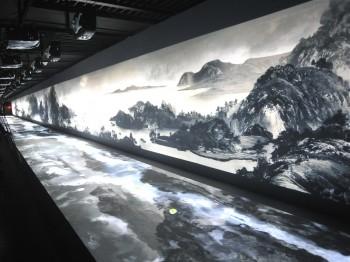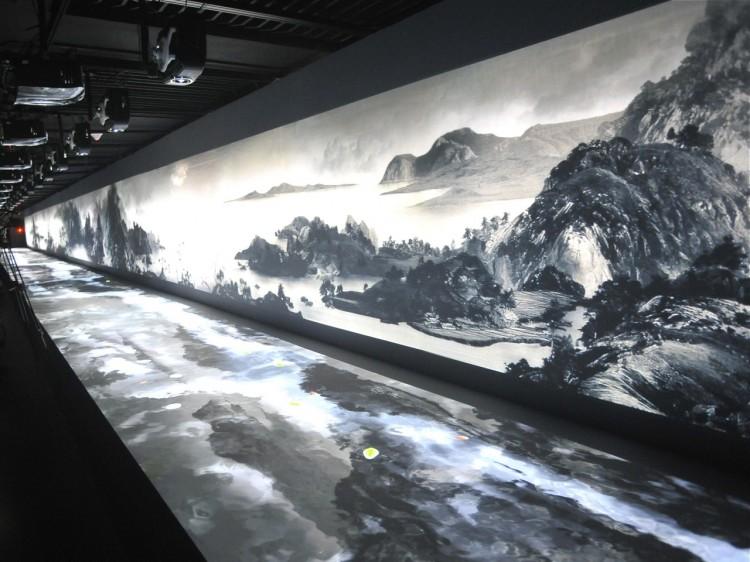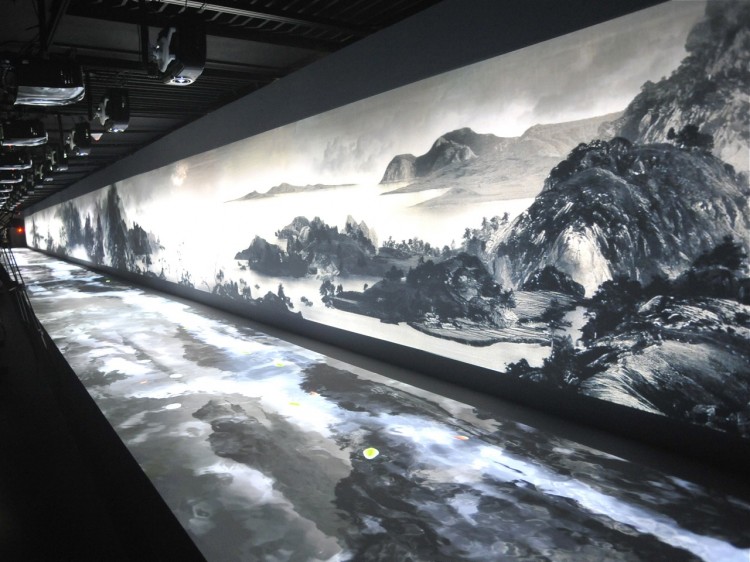As Shen Yun Performing Arts continues its world tour showcasing the lost traditions of ancient China, in a four-part series The Epoch Times takes a close look at these arts, their current state in China today, their undeniable influence in our world, and the significance of their miraculous revival.
Culture is the soul of a nation, with its spiritual aspect being equally as important as physical factors such as race and land. If a country’s civilization is defined by the history of its cultural developments, then it naturally follows that the destruction of that culture leads to the end of the nation.
Throughout China’s long history, despite many invasions and attacks, Chinese culture endured and thrived, and its essence was continuously passed down for 5,000 years. But the rise of communism in China had a devastating effect on the Middle Kingdom’s ancient culture and traditions.
From the beginning, the Chinese Communist Party’s (CCP) plan to “revolutionize” Chinese culture was in fact an attempt to destroy its spirit completely.
The traditional Chinese culture sought harmony between man and the universe and emphasized ethics and morality. It was based on the faiths of Confucianism, Buddhism, and Taoism and embodied honesty, kindness, harmony, and tolerance.
These principles and the social standards set by Confucius’s five cardinal virtues of benevolence, righteousness, propriety, wisdom, and faithfulness were anathema to the CCP’s policy of atheism.
The CCP had an inherent ideological opposition to traditional Chinese culture—which believes in gods and a heavenly mandate—and made the culture an enemy in an effort to bolster its own control.
Soon after the CCP came into power in 1949, it began to destroy churches and temples, burn scriptures, and force Buddhist monks and nuns to return to secular life. By the 1960s, there were hardly any religious places left in China.
Mao Zedong’s Great Cultural Revolution, which began in 1966, brought even greater religious and cultural catastrophe with its campaign of “Casting Away the Four Olds”: old ideas, old culture, old customs, and old habits.
Buddhist and Taoist temples, historical and scenic sites, calligraphy, paintings, and antiques became the main targets for destruction by the Red Guards. Many one-of-a-kind books, calligraphy works, and paintings that had been collected by intellectuals were burned or shredded into pulp.
Writer Qin Mu (1919–1992) described the Cultural Revolution in bleak terms: “It was truly an unprecedented calamity. [The CCP] imprisoned millions due to their association with a [targeted] family member, ended the lives of millions more, shattered families, turned children into hoodlums and villains, burned books, tore down ancient buildings, and destroyed ancient intellectuals’ gravesites, committing all kinds of crimes in the name of revolution.”
In this way, the dignity and sacredness of religion and culture was annihilated, as was people’s spiritual identity formed by faith and culture. Many lost their moral bearings and became indoctrinated with the CCP’s own set of standards, such as class struggle, inciting hatred and violence, self-criticism, and “fighting with heaven and earth.”
This “Party culture,” which has at its heart despotism and dictatorship, was established through continuous political movements and was promoted by the CCP as a continuation of traditional Chinese culture.
After the Party adopted economic reform and an open-door policy, it renovated many churches as well as Buddhist and Taoist temples. Throughout China, temple fairs, art and calligraphy exhibits, culture festivals with dragon and lion dances, and New Year galas were staged.
This, however, simply restored the superficial appearance of the culture. The essence of China’s profound culture had by then been well and truly gutted.








